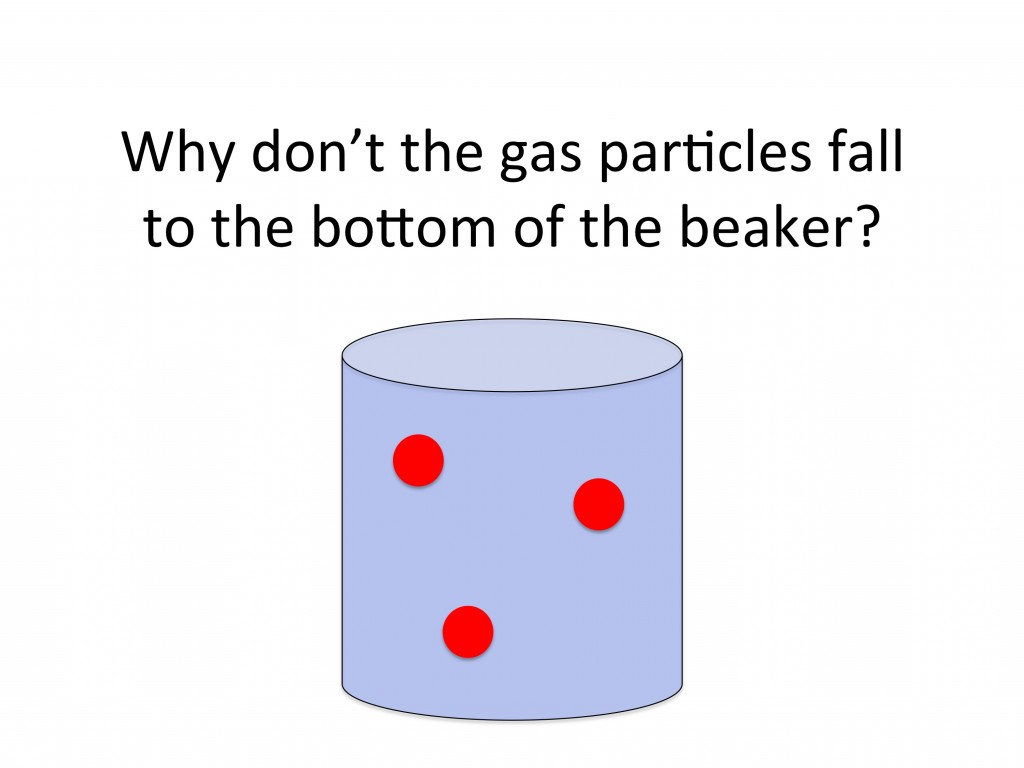Particle pictures: solids, liquids and gases
Worksheets and lesson ideas to challenge students aged 11 to 16 to think hard about solids, liquids and gases (GCSE and Key Stage 3)
The particle model of matter can be a controversial topic in science education. Many teachers believe it introduces misconceptions that we spend time unpicking later on. However, it’s important to be explicit with students that this is a scientific model that explains some things but not others. For example, it can explain why liquids flow and why we can smell fish shops from across the road but it can’t explain why some substances react with oxygen while others don’t.
The model should be approached with caution so that students are helped to make the link between the concrete substance that they can see and the particles that they can’t. The term particle should really be used to refer to an atom, molecule or ion. But how do we know particles are moving as predicted by the particle model? The smoke cell video below is a great way to introduce particle movement in gases.
 Drawing particle pictures in beakers
Drawing particle pictures in beakers
Click here for an excellent review of misconceptions involving the particle model from the RSC.
KS3 worksheet for drawing particle pictures. Use peer assessment to mark particle pictures so students are able to “see” what the teacher is seeing. Drawing particle models in beakers can support the concepts of fixed shape and fixed volume, although it is also worth considering what is happening to particles outside the beaker. (PDF)
Particle pictures and melting points
KS3 worksheet to encourage students to think deeply about particle pictures and melting points. The worksheet shows a particle picture of a gas within a solid glass jar. The jar is also drawn from particles. Students consider what exists between the gas particles and think about why some substances are gases at room temperature whilst others are solids. This task challenges students to think deeply about the particle model and melting point. (PDF)
Tackling misconceptions about the particle model
KS3 activity and worksheet on common particle model misconceptions. Students are presented with a number of questions that challenge common misconceptions about the particle model. This activity is best done in small groups. (PDF)
Latent heat and internal energy
Click here for resources on latent heat and internal energy stores.
Thinking deeper
- Is oxygen a solid, liquid or gas? Note, it is not a gas, or at least it is not a gas all the time.
- What exists between particles of gas?
- What criteria could you use to determine whether a scientific model is a good model or not?
